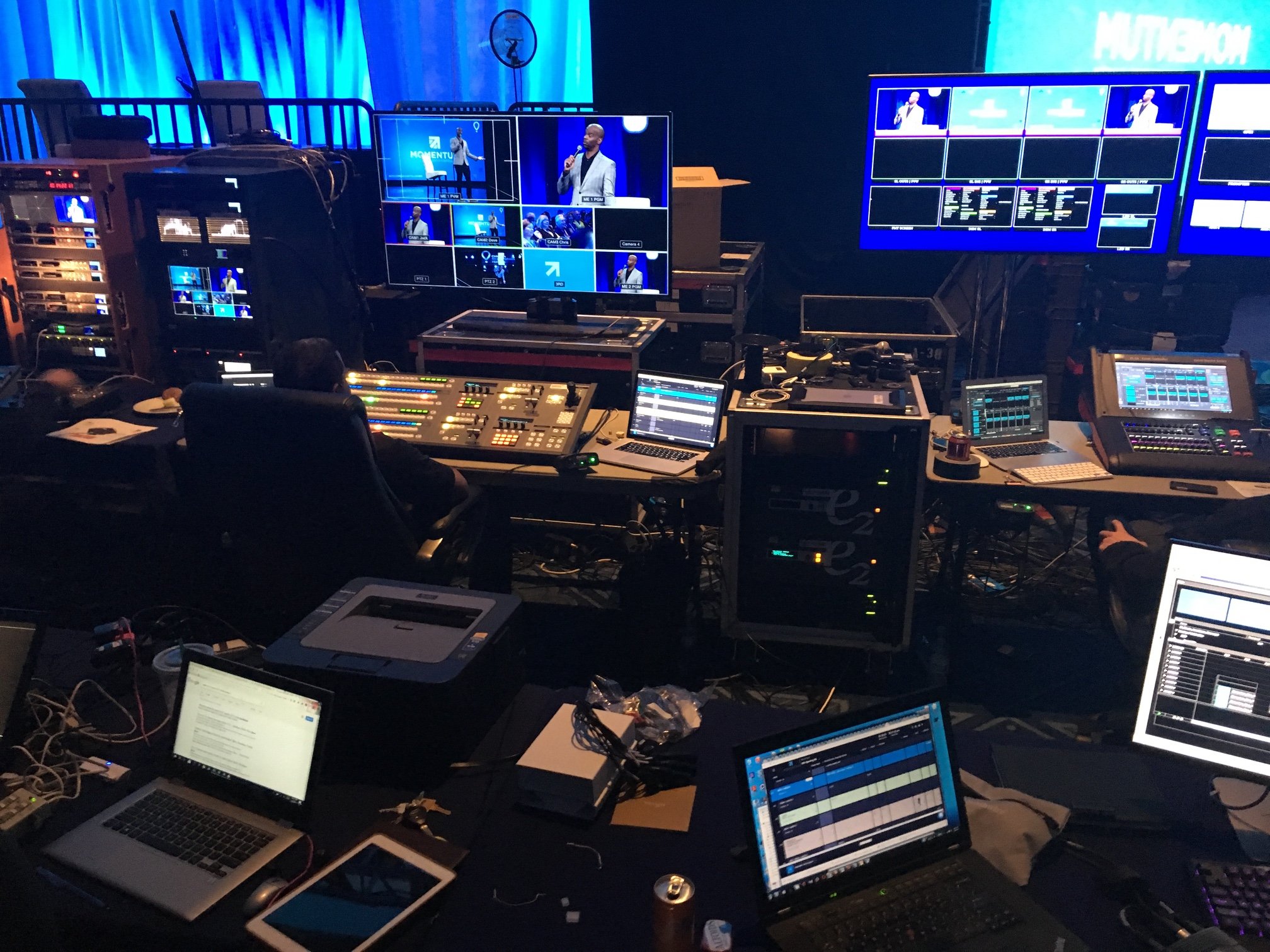Why Occasion Resource Solutions Are Essential for Smooth Event-Driven Styles
In the world of modern-day software application growth, event-driven architectures are significantly common, yet their performance hinges on the execution of robust event resource solutions. As markets change towards real-time information handling, comprehending the effects of event sourcing ends up being essential.
Comprehending Event-Driven Designs
Event-driven styles (EDAs) stand for a standard change in making software systems, where the circulation of details is determined by the occurrence of events. This architectural style advertises a decoupled approach, allowing various parts to connect asynchronously. In EDAs, occasions act as the key methods of interaction, triggering procedures or operations in feedback to specific incidents, such as individual activities or system modifications.
The secret elements of an EDA include event manufacturers, which create occasions; event consumers, which respond to occasions; and event channels, which facilitate the transmission of occasions in between producers and consumers. This framework improves system responsiveness and scalability, as elements can independently process occasions without the need for synchronous interaction.
Additionally, EDAs allow real-time data handling, making them appropriate for applications needing immediate understandings-- such as scams detection in economic systems or monitoring IoT tools. They likewise support an even more active development setting, enabling teams to repeat rapidly and release new features with very little disruption to existing solutions.
The Function of Occasion Source Solutions
While numerous elements in an event-driven architecture count on effective interaction, event resource solutions play a crucial function in generating and handling the flow of events. These remedies function as the first point of occasion creation, catching changes in state or individual activities and translating them right into events that can be propagated via the system.

In addition, they promote the decoupling of producers and customers within an architecture, allowing systems to scale independently. This decoupling is vital for enhancing system resilience, as it reduces dependencies that could otherwise result in bottlenecks or solitary factors of failing.
Advantages of Real-Time Data Processing
Real-time data processing substantially boosts the capacities of event-driven designs by allowing instant understandings and activities based on the most recent info (your event source charlotte). This immediacy not only speeds up decision-making however likewise increases the relevance and precision of those decisions. Organizations can react to occasions as they occur, reducing latency and boosting functional agility
Among the main benefits he has a good point of real-time information processing is the ability to record and assess data continuously. This promotes positive measures instead than reactive feedbacks, enabling businesses to prepare for patterns and possible problems prior to they intensify. For example, in industries such as money or e-commerce, real-time analytics can determine fraudulent transactions or consumer habits changes, allowing quick treatments that alleviate risk and enhance consumer contentment.

Ultimately, the integration of real-time information handling into event-driven styles equips organizations to harness the full potential of their information, driving technology and affordable advantage in an increasingly vibrant industry.
Enhancing System Interaction
Efficient communication in between systems is vital for the success of any type of event-driven architecture. Occasion resource services promote this interaction by offering a durable structure for catching and transmitting occasions in genuine time. By systematizing exactly how systems produce and eat occasions, these services eliminate uncertainty and foster interoperability, enabling disparate systems to function with each other perfectly.
Making use of occasion streams allows systems to react immediately to modifications, ensuring that all elements are aligned and educated. This responsiveness is vital in environments where prompt information exchange directly influences decision-making and general system efficiency. Event resource remedies provide devices for event filtering system, transformation, and directing, enhancing the performance of data circulation in between systems.
Additionally, by carrying out a publish-subscribe model, occasion resource options decouple system parts, enabling higher adaptability and scalability. This decoupling implies that systems can advance independently, making it much easier to incorporate new capabilities or change existing components without interrupting total interaction.
Future Trends in Event Sourcing

One more substantial pattern is the rise More Help of cloud-native occasion sourcing services. These systems take advantage of the scalability and flexibility of cloud framework, allowing companies to efficiently take care of and store substantial quantities of event information without the overhead of standard systems. This shift advertises greater access and collaboration throughout teams.
Additionally, the adoption of microservices design is affecting event sourcing methods. As businesses progressively segment their applications into smaller sized, independent solutions, event sourcing supplies a durable mechanism to preserve data consistency and stability throughout these distributed systems.
Final Thought
Finally, occasion resource solutions function as a crucial structure for smooth event-driven architectures, allowing reliable event generation and administration. By more promoting asynchronous communication between elements, these remedies enhance system durability and advertise the independent advancement of solutions. The benefits of real-time data processing and enhanced system interaction emphasize the relevance of adopting event sourcing approaches. As the demand for robust dispersed systems boosts, the importance of occasion resource remedies will remain to grow, shaping the future of event-driven design.